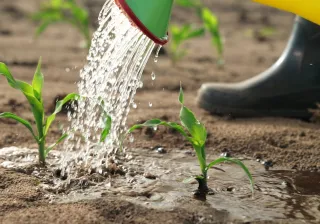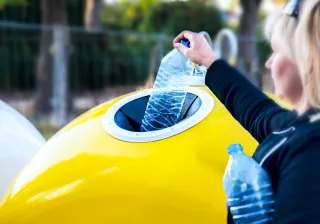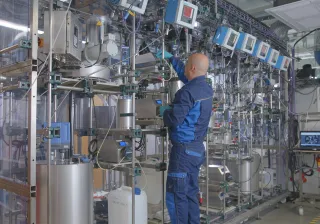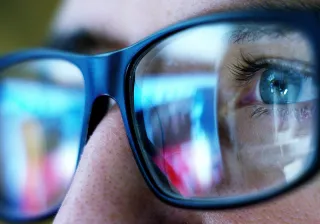Sustainability assessment provides factual basis on strategic decision-making and stakeholder communication. Footprints support product development and help to identify reduction potential. The handprint approach provides a way to communicate about your positive impacts.
Key facts about sustainability and life cycle assessment
LCA methods
Indicators based on scientifically approved LCA methods help companies make the right decisions for product and process design
Carbon footprint
Carbon footprint enables low-carbon process and product design Carbon footprint consists of the GHG emissions emitted during a product life cycle
Handprint
Handprint is a new way of communicating your positive environmental impacts












